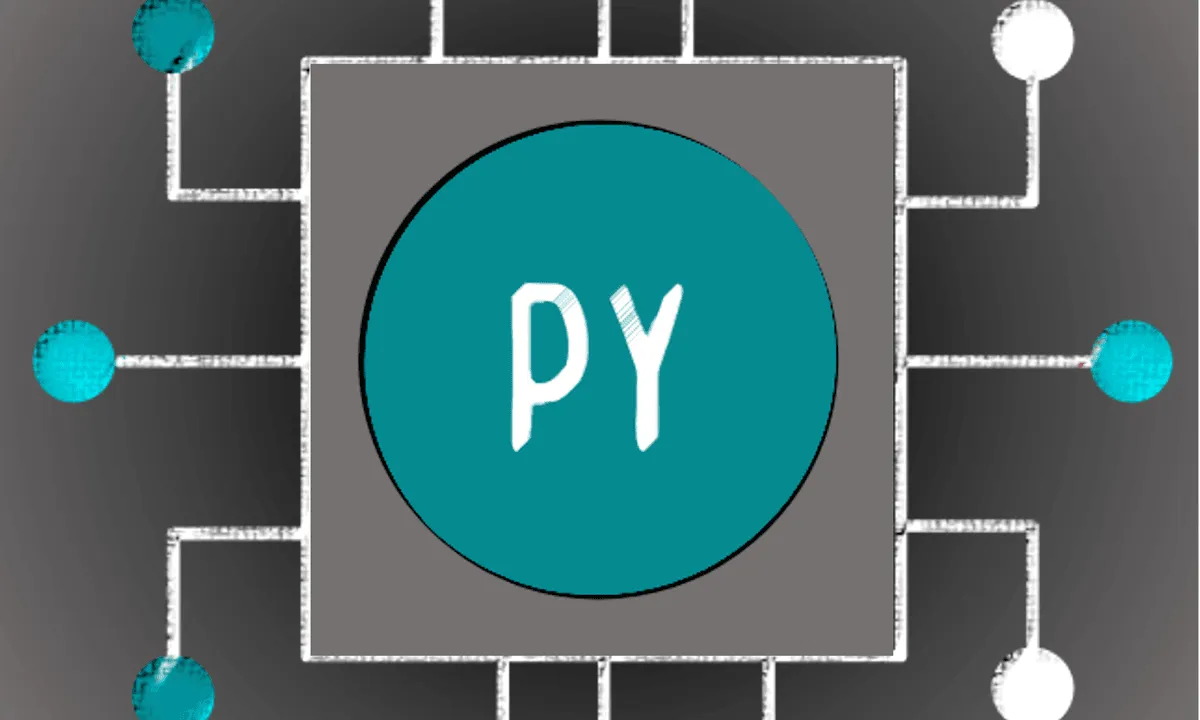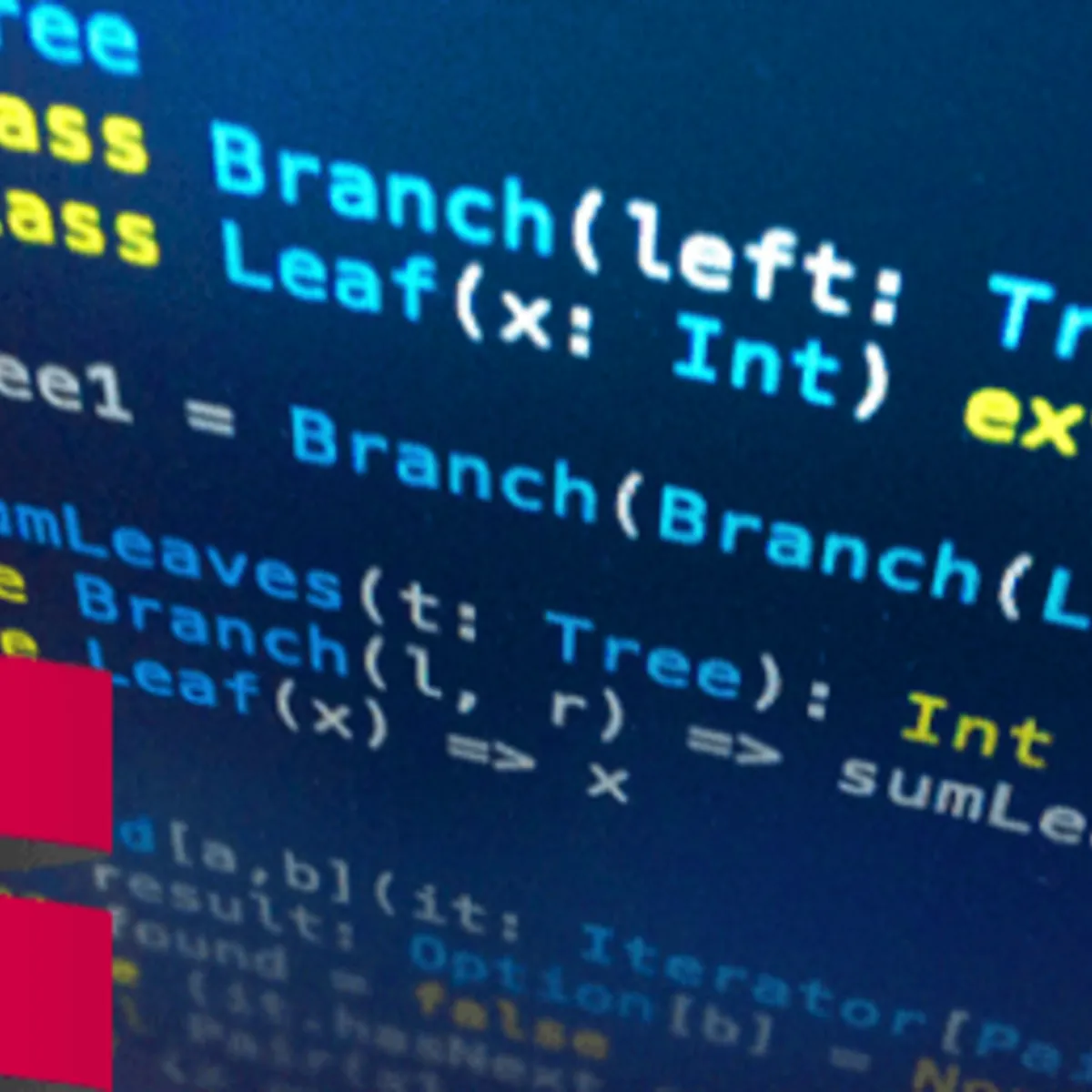
Python and Pandas for Data Engineering 
This course introduces students to the fundamentals of data engineering, including setting up a version-controlled Python working environment, using Python and the Pandas library for data analysis and manipulation, and learning to use Vim and Visual Studio Code for writing software. It is a valuable resource for beginning and intermediate students to begin their journey in data engineering. ▼
ADVERTISEMENT
Course Feature
![]() Cost:
Cost:
Free
![]() Provider:
Provider:
Coursera
![]() Certificate:
Certificate:
Paid Certification
![]() Language:
Language:
English
![]() Start Date:
Start Date:
10th Jul, 2023
Course Overview
❗The content presented here is sourced directly from Coursera platform. For comprehensive course details, including enrollment information, simply click on the 'Go to class' link on our website.
Updated in [February 21st, 2023]
Unlock the Exciting World of Learning! Here's What Awaits You:
In this Python and Pandas for Data Engineering course, learners can gain a comprehensive understanding of the fundamentals of data engineering. They will learn how to set up a version-controlled Python working environment and use Python and the powerful Pandas library for data analysis and manipulation. Additionally, learners will be introduced to Vim and Visual Studio Code, two popular tools for writing software. This course is valuable for beginning and intermediate students in order to begin transforming and manipulating data as a data engineer.
Learners can also gain an understanding of the related development direction of data engineering. They will learn how to use Python and Pandas to create data pipelines, analyze data, and create visualizations. Additionally, they will learn how to use Bash and SQL to query and manipulate data. This course will provide learners with the skills and knowledge necessary to become a successful data engineer.
Finally, learners will gain a conclusion of the course. They will be able to apply the skills and knowledge they have learned to real-world data engineering projects. They will be able to use Python, Bash, and SQL to query and manipulate data, create data pipelines, and create visualizations. This course will provide learners with the skills and knowledge necessary to become a successful data engineer.
[Applications]
Upon completion of this course, students will be able to apply their knowledge of Python and Pandas to data engineering tasks. They will be able to set up a version-controlled Python working environment and use Vim and Visual Studio Code to write software. Additionally, they will be able to use Python and Pandas to transform and manipulate data.
[Career Paths]
1. Data Engineer: Data Engineers are responsible for designing, building, and maintaining data pipelines and data warehouses. They use a variety of tools and technologies, including Python and Pandas, to extract, transform, and load data from multiple sources. Data Engineers are in high demand as organizations increasingly rely on data-driven decision making.
2. Data Scientist: Data Scientists use Python and Pandas to analyze and interpret data to uncover insights and trends. They use their findings to develop predictive models and machine learning algorithms to help organizations make better decisions. Data Scientists are in high demand as organizations look to leverage data to gain a competitive advantage.
3. Machine Learning Engineer: Machine Learning Engineers use Python and Pandas to develop and deploy machine learning models. They use their knowledge of data engineering and data science to build and maintain machine learning pipelines. Machine Learning Engineers are in high demand as organizations look to leverage the power of machine learning to automate processes and gain insights from data.
4. Business Intelligence Analyst: Business Intelligence Analysts use Python and Pandas to analyze data and develop reports and dashboards. They use their findings to provide insights to business stakeholders and help them make better decisions. Business Intelligence Analysts are in high demand as organizations look to leverage data to gain a competitive advantage.
Pros & Cons

Wellbalanced variety of topics

Good refresher

Good overview of realworld tools

Great and professional introduction

Extensive labs and exercises

Easy to follow lessons.

Odd presentation format

Lab environment too simple

Not suitable for beginners.
Course Provider

Provider Coursera's Stats at AZClass
Discussion and Reviews
0.0 (Based on 0 reviews)
Explore Similar Online Courses

The Ultimate Hands-On Hadoop: Tame your Big Data!

Getting Started in Game Development: Make a Moving Player for a Top-Down Game or RPG with Godot

RDBMS PostgreSQL

Intro To PostgreSQL Databases With PgAdmin For Beginners

PostgreSQL: Client Applications

Mastering SQL using Postgresql

Database Design and Basic SQL in PostgreSQL

PostgreSQL: Advanced Queries

Spatial SQL with Postgres : A language for geographers

Learn SQL Using PostgreSQL: From Zero to Hero

PostgreSQL Essential Training


Start your review of Python and Pandas for Data Engineering